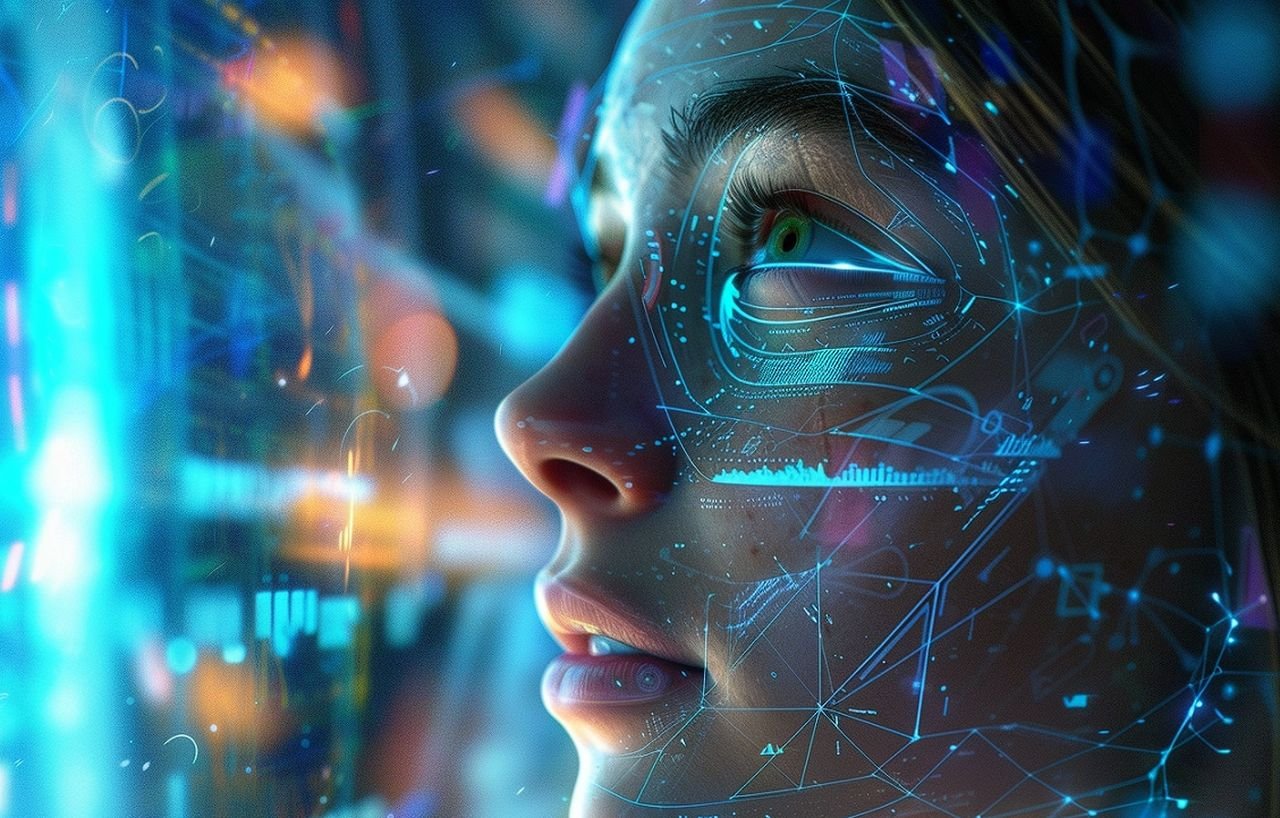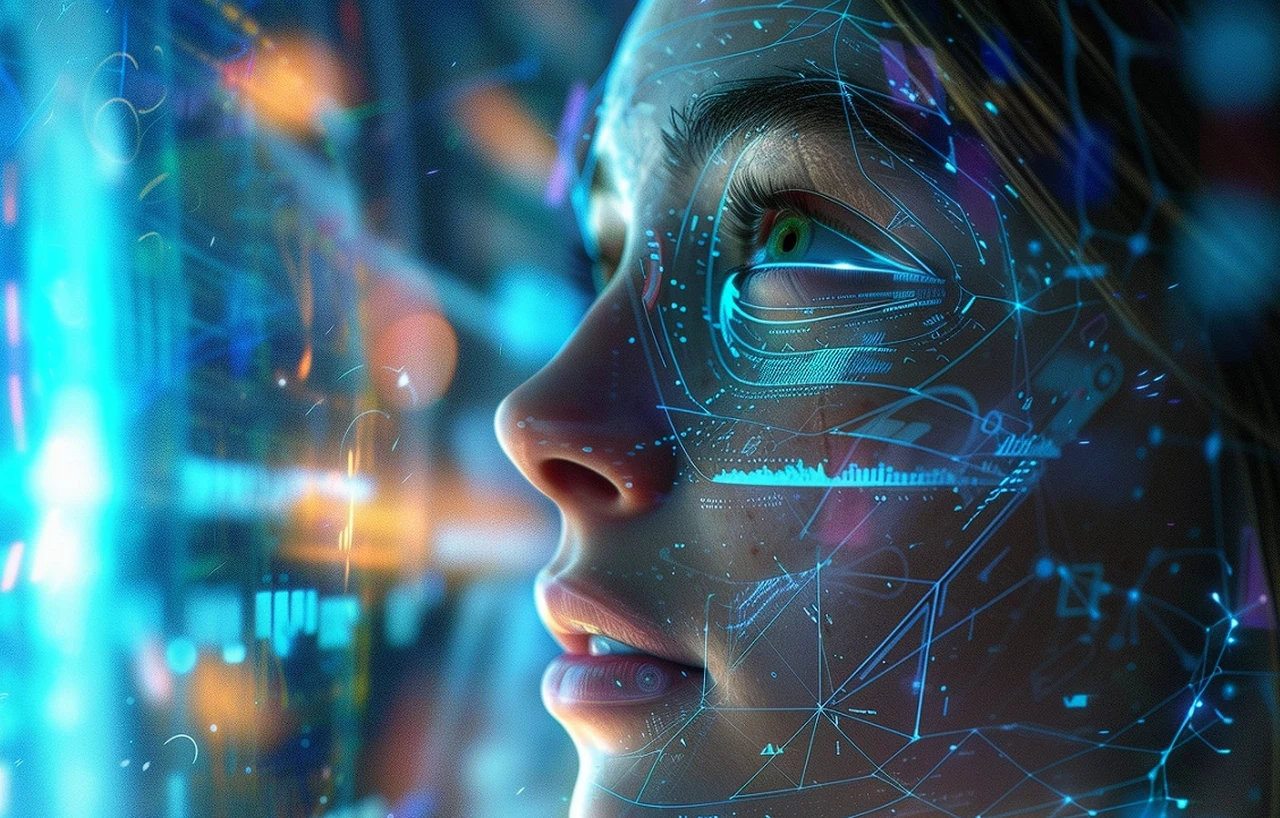[ad_1]
A pesar de la incertidumbre que ha rodeado a Apple desde que Steve Jobs la sacó del abismo, no es una empresa a la que le guste ser la primera en utilizar tecnologías lucrativas como la inteligencia artificial, la última favorita del mundo tecnológico.
El mouse, la GUI, la computadora portátil robusta, la tableta táctil, el teléfono táctil, los auriculares de realidad aumentada: no lo olvidemos, Apple no inventó ninguna de estas cosas. Lo que Apple se ha negado a hacer, de manera tan peligrosa que casi muere pero también de manera tan útil que se convirtió en una empresa de un billón de dólares, es perseguir la popularidad.
De hecho, la empresa lleva cinco décadas operando obsesivamente Maestría Nuevas tecnologías desarrolladas por otros. El objetivo no es complacer a Silicon Valley ni a Wall Street, al menos no a corto plazo. El objetivo es hacer que los productos sean fáciles de usar, convenientes, seguros y nada intimidantes para el usuario promedio sin conocimientos técnicos, o al menos, más amigables de lo que podrían encontrar en otros lugares.
Y este Cuando te sientas y observas cómo aumentan las ganancias y el precio de las acciones.
Es posible que el tweet haya sido eliminado.
Y lo mismo ocurrió con Apple Intelligence, el nombre que la compañía reveló para su producto de IA en su discurso de apertura en la WWDC el lunes. El nombre no era sólo egoísmo corporativo o un cambio de nombre imprudente. Eso, además de colocar Apple Intelligence al final del discurso de apertura, fue una señal de que Apple tiene la intención de mantener sus productos de inteligencia artificial a distancia en nombre de sus usuarios.
Apple Intelligence utilizará tantos datos contextuales como sea posible desde el jardín amurallado seguro de sus productos Apple para responder sus preguntas. (Esto también significa que cuantos más productos Apple compre, más inteligente se volverá su IA). Si desea saber algo más amplio, Apple Intelligence consultará ChatGPT por usted, sin que Apple ni OpenAI reciban ningún dato sobre el usuario que hace la pregunta.
(No, A pesar de lo que piensa el ignorante Elon Musk,Esto no incluye la integración de ChatGPT en el propio sistema operativo; Todo lo contrario.)
Eso no es lo que Wall Street quiere oír ahora. De hecho, las acciones de Apple terminaron el día a la baja, desde la conferencia en adelante (mientras que el Nasdaq, de gran tecnología, subió ligeramente).
Velocidad de la luz triturable
A Apple no le importa. Mientras los directores ejecutivos rivales se esfuerzan por utilizar las palabras IA tanto como sea posible, Apple Tim Cook: como pensábamos que haría — Abordar el tema con simple desdén y énfasis en la seguridad.
Tal fue el enfoque que se invitó a los periodistas a un segundo evento posterior a la conferencia magistral, protagonizado por el CEO Tim Cook y el vicepresidente/Sr. de Apple, Craig Federighi. (El cocinero hizo una reverencia temprano).
Cook parecía preocupado por la idea de que la empresa tarda en implementar su estrategia de IA. “Hemos estado usando IA y aprendizaje automático durante muchos años”, dijo en una introducción pregrabada de Apple Intelligence, literalmente su primera mención en un discurso de apertura sobre IA. Para avanzar en el objetivo de “llevar la experiencia del producto Apple a nuevas alturas… debe construirse con privacidad desde cero”, añadió.
“IA para el resto de nosotros”, es el lema que utilizó Federighi para concluir su resumen de las funciones de Apple Intelligence. Traducción: Los productos de IA generativa de otros son demasiado complejos y demasiado defectuosos. La inteligencia que no es de Apple no se preocupa por usted, sus datos, su seguridad y su privacidad. No tiene ningún filtro; Puede escupir tonterías tóxicas (literalmente tóxicas, en caso de que pegamento para pizza). este Es una IA segura, fácil y eficaz para las masas.
Sam Altman, suplicante en el altar de Apple

Sam Altman, director ejecutivo de OpenAI, en la sede de Apple, respondiendo al veterano de Apple, Eddy Cue.
Crédito: Justin Sullivan/Getty Images
Otra señal del desdén de Apple por la forma en que se ha manejado la IA hasta ahora: el hecho de que Sam Altman, director ejecutivo de OpenAI, estuvo presente pero no apareció en el escenario ni en el vídeo pregrabado.
Una simple carta suya, o incluso un simple apretón de manos con Cook Altman, probablemente mejoraría el rendimiento de las acciones de Apple. Especialmente considerando cuánto ama Wall Street a las empresas de inteligencia artificial en general, y a OpenAI en particular.
Asimismo, Apple Intelligence es muy importante para Altman. Su uso de ChatGPT, incluso cuando se elimina, es un impulso para una marca que estaba empezando a surgir, especialmente a raíz del escándalo de Scarlett Johansson.
Altman no es exactamente tímido cuando se trata de la atención de los medios. Hay que suponer que tenía tantas ganas de aparecer en ese escenario como el CEO de Ubisoft que tuvo su momento de gloria en la conferencia magistral.
Pero Apple mantuvo al CEO de OpenAI a distancia. El resultado, sin embargo, fue una semiótica sutil pero fascinante: Altman luchó por abrirse paso hasta la puerta de Apple, pero se sentó allí en silencio con otros peces gordos mientras la compañía de Tim Cook analizaba su producto excitante, aterrador y a menudo falso.
De hecho, la inteligencia de Apple.
[ad_2]
Source Article Link

















